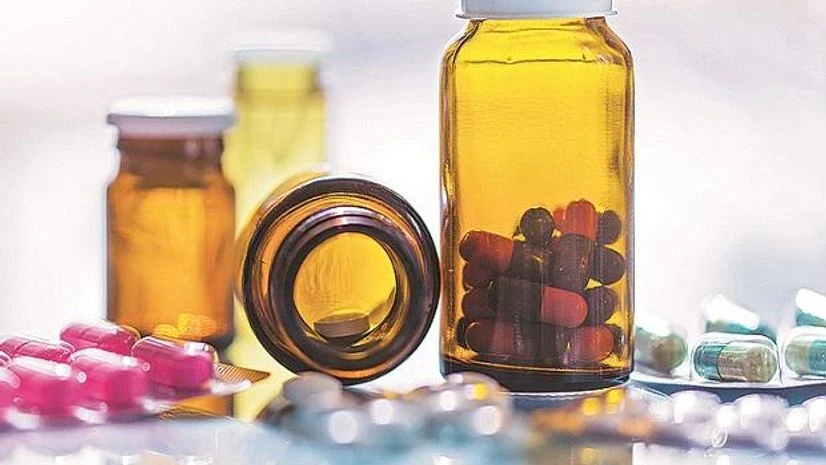
Chronic diseases are long-lasting health conditions that often require ongoing treatment, monitoring, and lifestyle management. Some of the most common chronic conditions include diabetes, hypertension, arthritis, cardiovascular disorders, asthma, thyroid disorders, chronic kidney disease, cancer-related complications, and neurological conditions. As the number of people living with chronic diseases rises globally, the demand for reliable and affordable chronic care medicines continues to grow. This rise has positioned chronic disease pharmaceuticals among the most essential and high-demand therapeutic segments in the healthcare industry.
Lifestyle changes, increased stress, sedentary work routine, unhealthy eating habits, and environmental factors have significantly contributed to the surge in chronic disease cases. Additionally, the global population is aging, and older individuals are more prone to long-term health issues, further driving demand for chronic medications. Patients dealing with these conditions require medicines that are safe, effective, stable in quality, and available continuously — which creates ongoing market opportunities for pharmaceutical businesses, healthcare distributors, hospitals, and clinics.
Pharma companies are now focusing on expanding their chronic disease product portfolios by partnering with reliable manufacturers who can provide quality formulations at cost-effective pricing. Unlike acute medicines, which are taken for short durations, chronic medications are consumed continuously for months or years. This ensures consistent demand and stable business growth for companies involved in chronic care therapy segments.
The market is also witnessing advancements in formulation science, including sustained-release tablets, improved drug delivery systems, combination therapies, and bioavailability-enhanced products. Patients are increasingly aware of treatment compliance and expect medications that are easy to take, affordable, and readily accessible.
As pharmaceutical companies aim to address the needs of chronic disease patients, the industry must ensure strong quality standards, regulatory compliance, secure packaging, and continuous supply. With the right product strategy, manufacturing collaboration, and marketing framework, pharmaceutical businesses can successfully establish long-term presence and trust in the chronic care market.

Market Scope & Key Growth Factors
Growing Demand for Chronic Care Medications
The market for chronic disease pharmaceuticals is expanding rapidly due to the rising prevalence of lifestyle and age-related disorders. Consumers now place greater emphasis on preventive care and long-term disease management, increasing the continuous need for chronic medicines across different demographics.
Key Growth Factors Driving the Market
- Rising Prevalence of Lifestyle Disorders- Diabetes, hypertension, high cholesterol, obesity, and thyroid disorders have become increasingly common. Urbanization, fast food consumption, reduced physical activity, and stress play a major role in the rise of these conditions, leading to prolonged therapy requirements.
- Increase in Aging Population- The elderly population continues to grow worldwide. Older adults often experience multiple chronic conditions simultaneously, requiring daily medications to maintain quality of life and prevent complications.
- Growing Awareness of Preventive Healthcare- Public awareness campaigns, medical check-up programs, and digital healthcare platforms have encouraged more individuals to detect chronic diseases early and adhere to long-term medication routines.
- Advancement in Treatment Technologies- Pharmaceutical companies are developing improved treatment formulations such as extended-release tablets, fixed-dose combinations, and targeted therapies that offer better results with fewer side effects.
- Continuous Medication Requirement- Unlike acute therapies, chronic medications are consumed daily or regularly for years, ensuring stable market demand and recurring business revenue for pharmaceutical brands.
- Affordable Manufacturing & Distribution Partnerships- Companies are increasingly outsourcing manufacturing to WHO-GMP-certified facilities to reduce operational costs and improve accessibility without compromising quality.
- Rise of Online Pharmacies and E-Healthcare Platforms- Digital medicine delivery services have made chronic disease medicines easily accessible, especially for patients living in remote or rural regions.
- Global Demand for Generic Chronic Medicines- Developing countries require economical treatment options, pushing rapid export growth for generic chronic medicines.
These market-driving factors indicate that chronic care pharmaceuticals will continue to grow, creating opportunities for companies to expand product coverage, strengthen supply chains, and build long-term market presence.